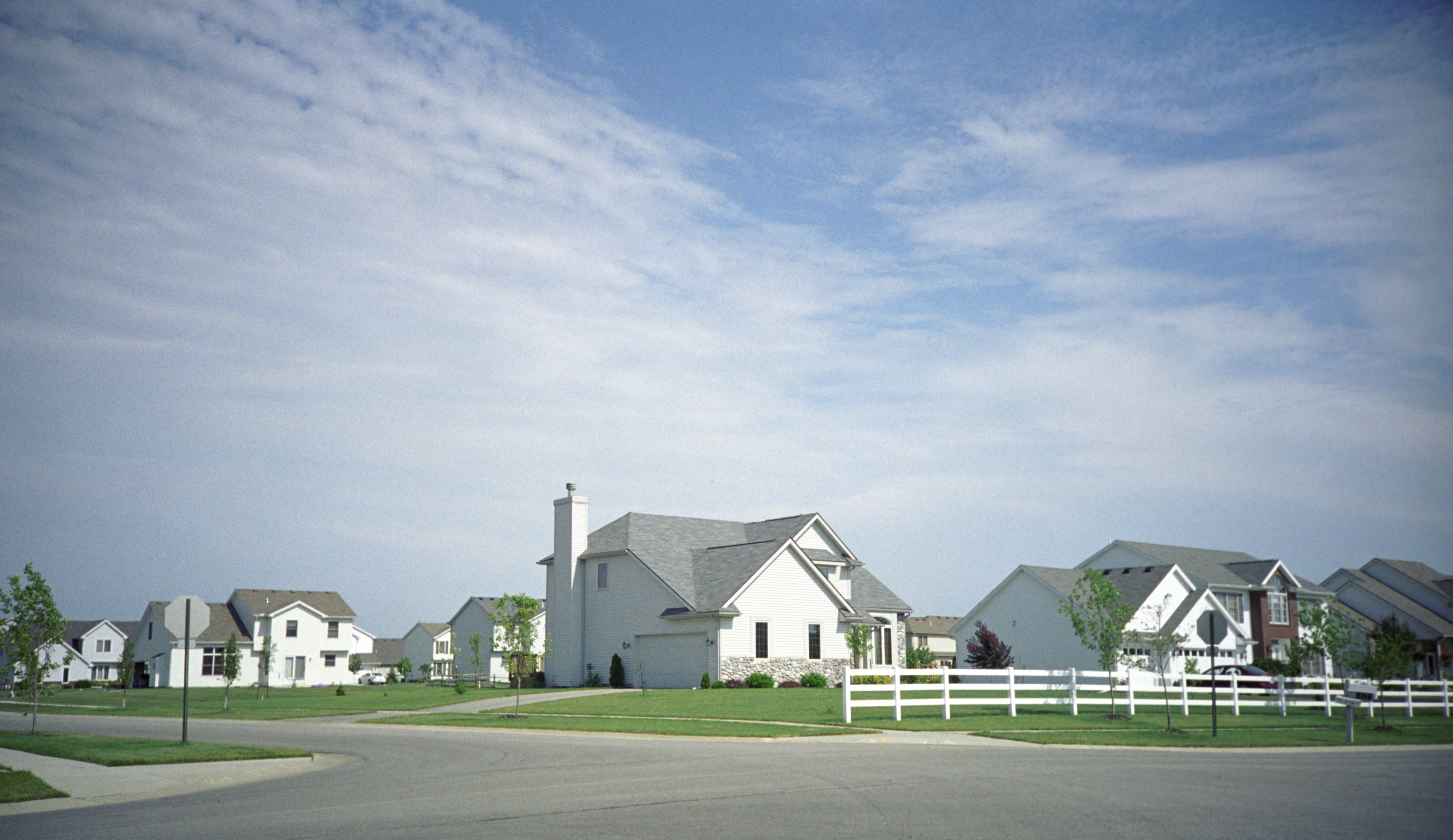
Discover the leading factors affecting your main water line replacement cost in Columbus, including length, material selection, and installation details.
Your shower pressure woes have some other recurrent causes


Ceiling plumbing isn’t a common cause of noticeable water pressure loss in the shower.
Other factors, like corrosion within your pipes or hidden leaks, are likely the main cause.
If ceiling plumbing has long runs or excessive curves, you could lose water pressure.
Sustain your water pressure with proper plumbing maintenance.
If you’ve ever taken a shower with low water pressure, you know the drill—you just don’t get that same clean feeling. While this could be an issue with your plumbing layout, odds are there’s another cause. So, do you lose shower water pressure if you have plumbing in the ceiling? This guide covers what you need to know so you can get your water pressure back.
If you have plumbing in your ceiling, it isn’t the main cause of losing water pressure in the shower. The amount of water pressure lost to gravity should be negligible with a modern plumbing system, but this placement can exacerbate or contribute to other issues that lower water pressure. Contributing factors include:
Pipe size: Smaller-diameter pipes can lead to lower water pressure at your showerhead. Always check the building code when installing plumbing. Your plumber will know the ins and outs of the code and how to install the best setup for your shower.
Corrosion: The right pipe size will still narrow with corrosion. This is prevalent in older homes with galvanized steel pipes. The ceiling placement can exacerbate the accumulation of debris.
Plumbing design: Plumbing hung in a ceiling could have more long runs, bends, and connections. If excessive, this can cause a loss of water pressure.
Running pipes through ceilings is common practice, especially in an attic or crawl space. There are a few major benefits:
Ease of repair: Though most homes with a slab foundation run plumbing beneath the slab, your plumber might reroute the plumbing through a ceiling if your pipes need serious repair. This could be done if the building code prevents repiping through a concrete slab foundation or if it’s more practical with the house's layout. It also makes repairs easier going forward.
Access for maintenance: If you have a multi-story home, it could be easier to access a pipe in the ceiling than pipes inside walls or under floors. It depends on the layout of your house.
Leak identification: Because of gravity, you’re more likely to notice leaks that occur in ceiling plumbing, hopefully before they become serious. Look for moisture spots or discoloration seeping through your ceiling drywall.
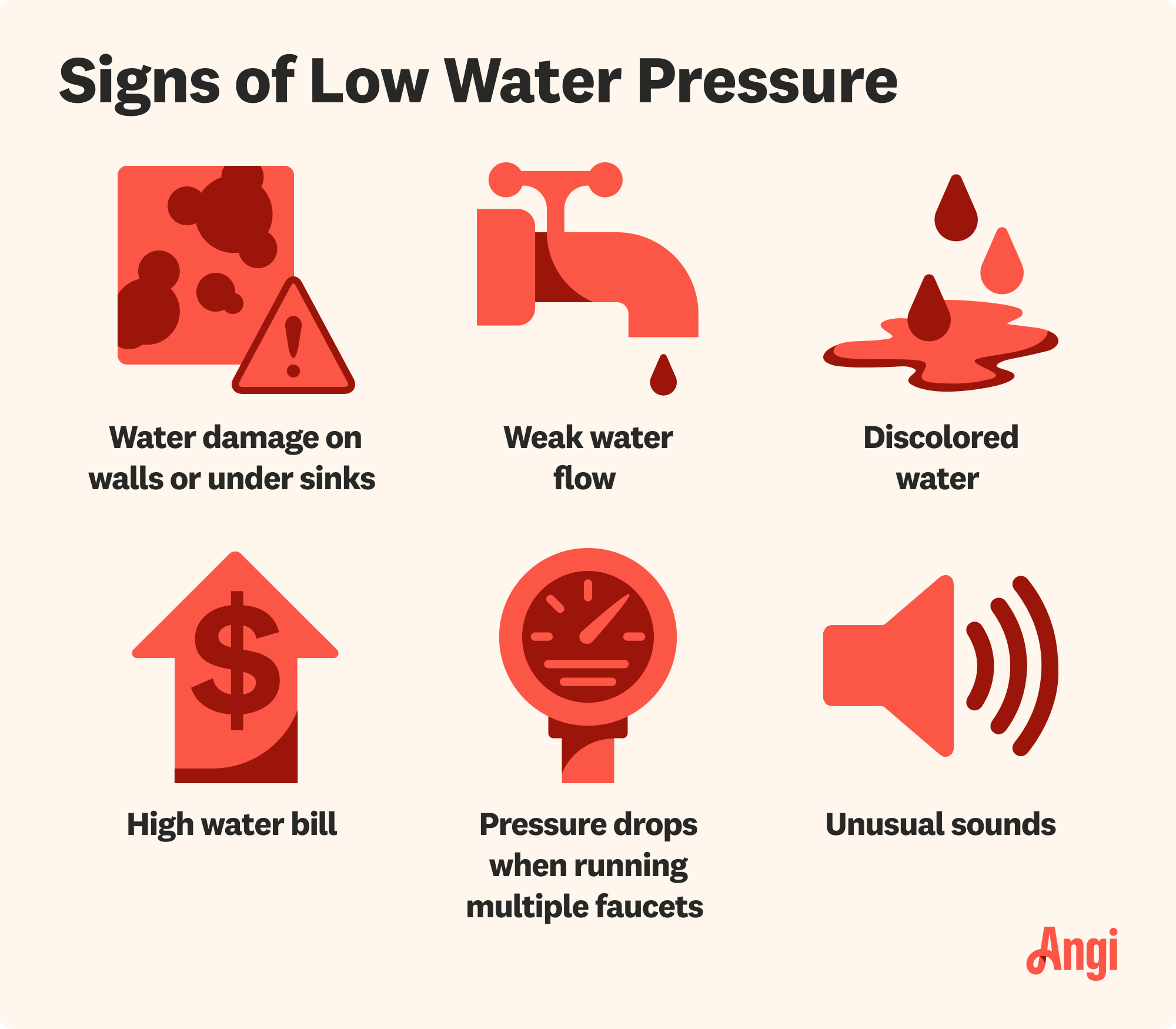
A professional plumber can fix your water pressure by finding the issue—and it most likely isn’t your ceiling pipes. These other causes of low shower water pressure are more probable in this situation:
Leaks: Leaking pipes are the main cause of low water pressure. It’s not always a huge leak or a burst pipe, either. A slow drip allows water to escape before it reaches your showerhead and you might notice lower water pressure.
Water demand: Your hot water heater might only be able to handle a certain demand for water. It depends on the specific model, but if this is the case, your shower may trickle to a stop when you use other appliances like your dishwasher or sink.
Faulty showerhead: If your showerhead is faulty or clogged, it won’t effectively release water, leading to low water pressure. Something as simple as hard water buildup can impact the flow.
Faulty valves: If your shower valve or diverter valve is broken or malfunctioning, chances are you’ll have significantly lower water pressure at your showerhead. You can replace the shower valve and get your water flow back.
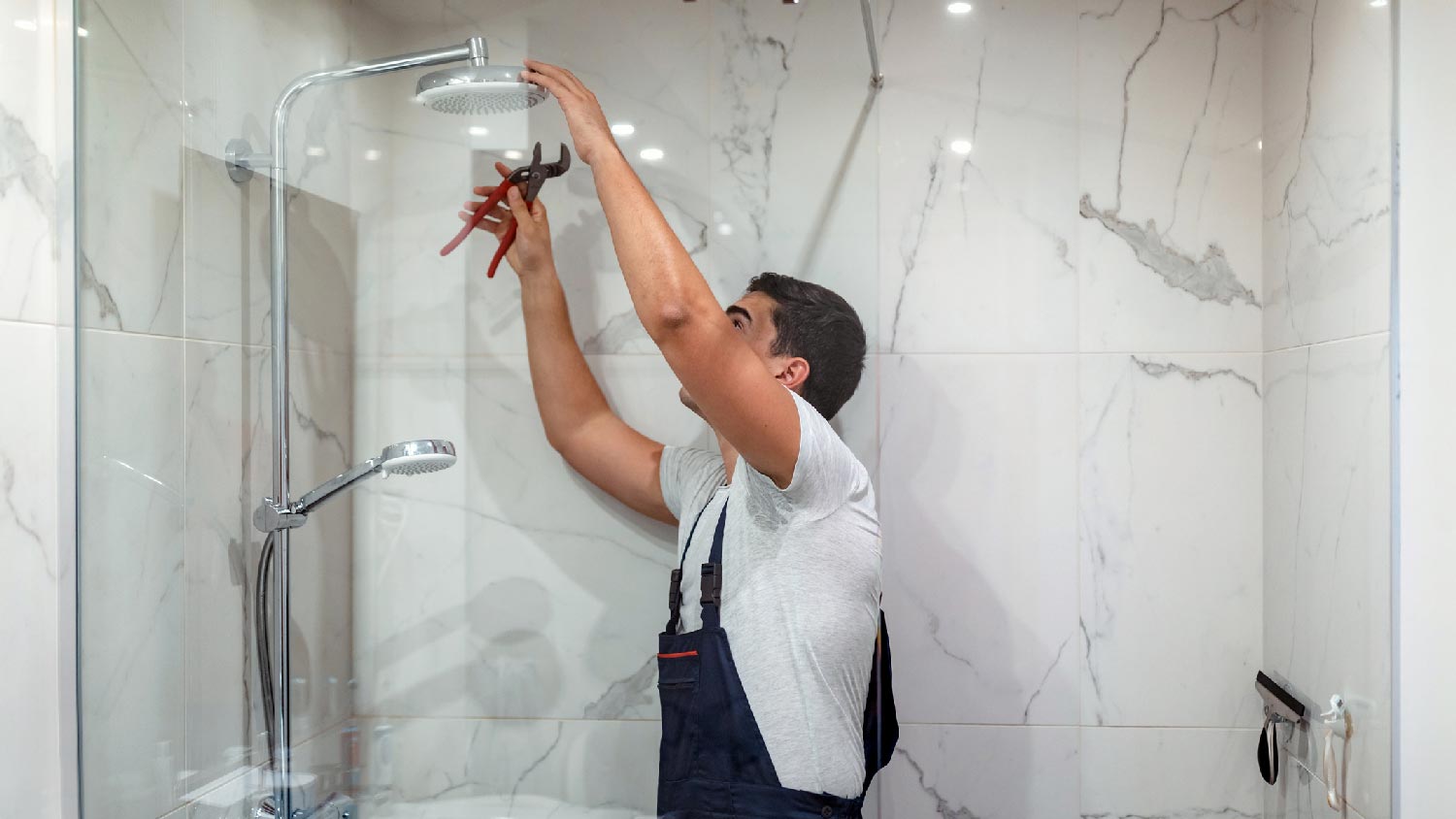
If you have low water pressure, the average plumbing repair costs $200 to $500. You can help prevent issues that cause low shower water pressure with proper maintenance of your plumbing, including:
Checking for leaks on a regular basis
Removing mineral buildup from your showerhead
Installing a pressure regulator
Replacing corroded or leaky pipes
Repairing valves as they start to age
Flushing your water heater annually
For major repairs, hire a plumber near you to do the job safely and up to code. DIY repairs can cause leaks and other issues that exacerbate existing water pressure problems. You can also have a plumber inspect your system regularly, especially if your pressure problems persist.
From average costs to expert advice, get all the answers you need to get your job done.

Discover the leading factors affecting your main water line replacement cost in Columbus, including length, material selection, and installation details.
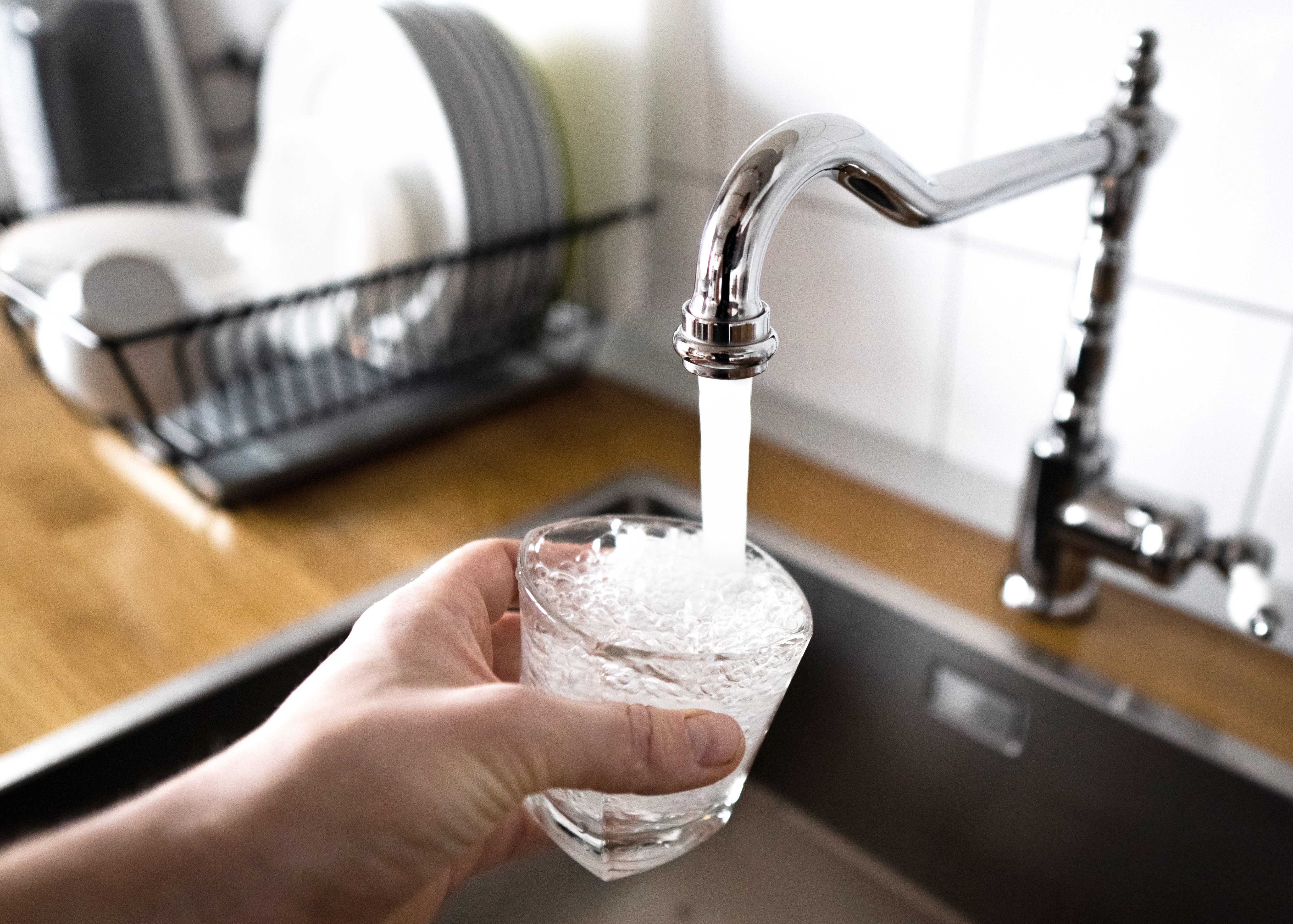
Learn about main water line repair costs in Columbus and what affects pricing to be prepared before you start getting estimates.

Learn how much plumbers cost in Columbus, Ohio. Discover pricing for faucet repairs, pipe work, and emergency services, plus how you can save money.

What is an anti-siphon valve? Our guide covers what it is, how to install one, and more tips to ensure that your drinking water stays fresh and protected.

Winter can be particularly harsh on your plumbing—from water heater issues to frozen pipes. As the weather gets chilly, use these tips to prepare your home and avoid a costly winter plumbing leak.
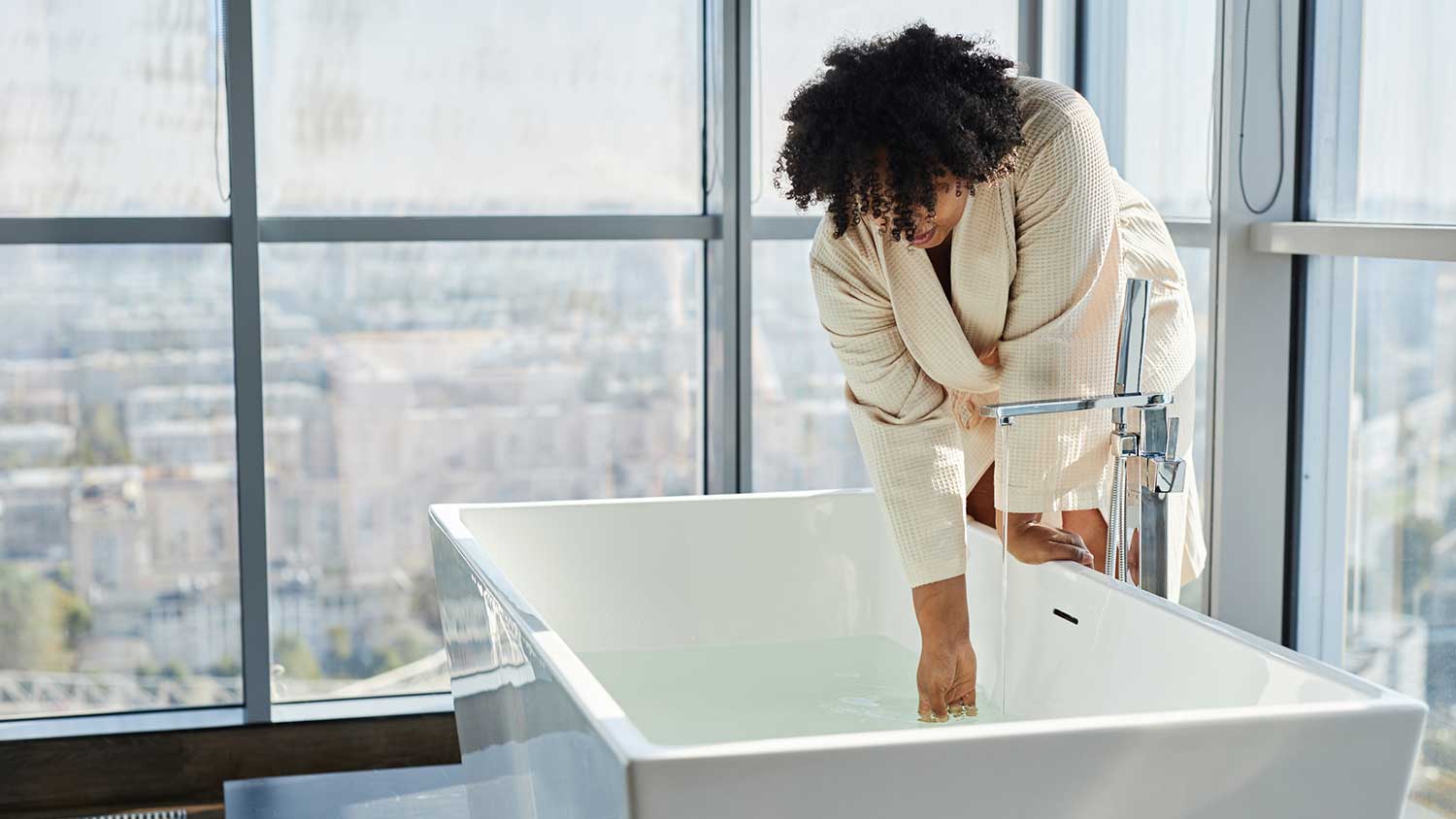
Most homeowners will eventually need to replace bathroom hardware. This guide breaks down bathtub faucet installation costs, so you can upgrade your bathroom.